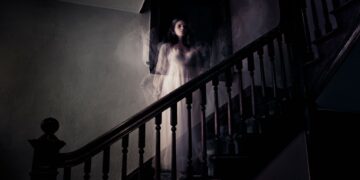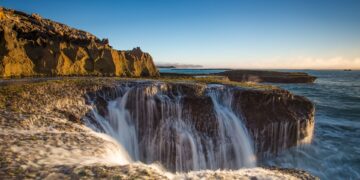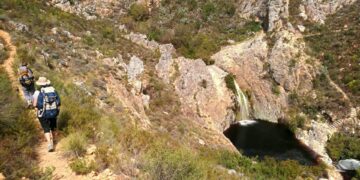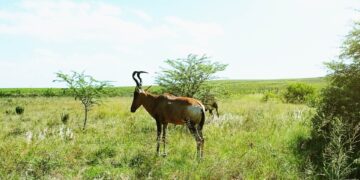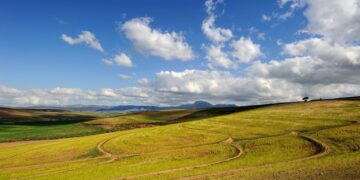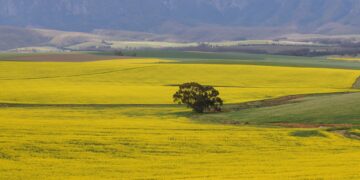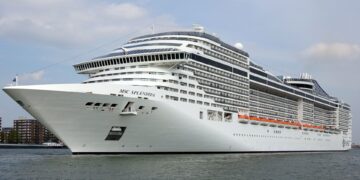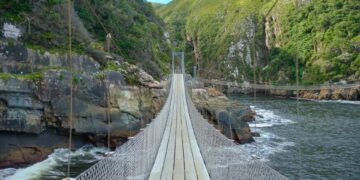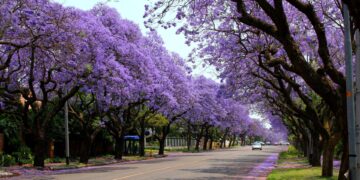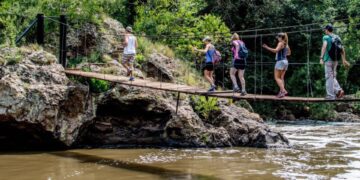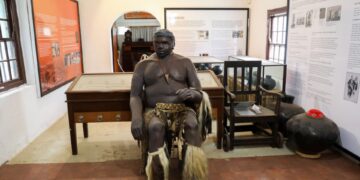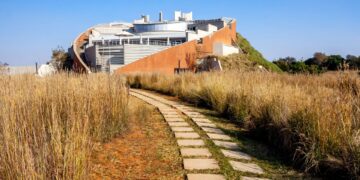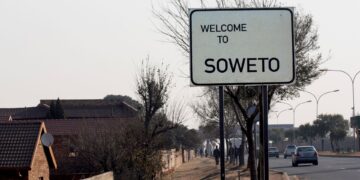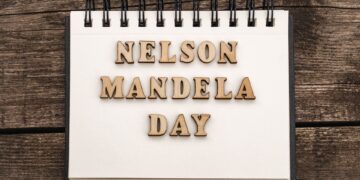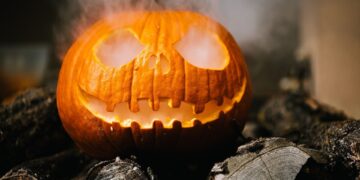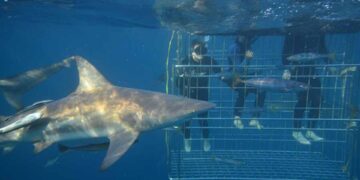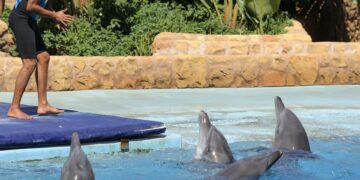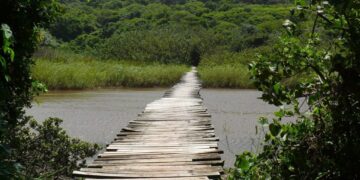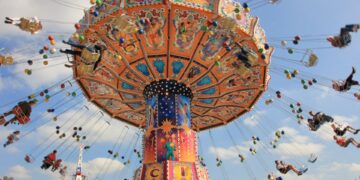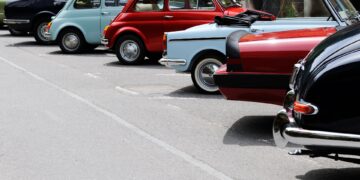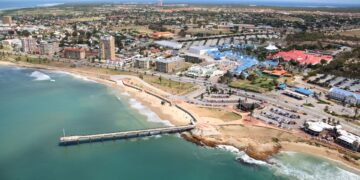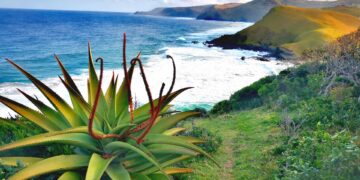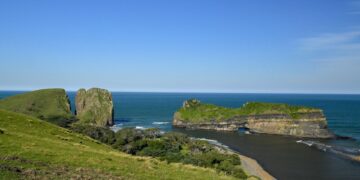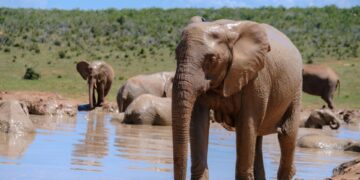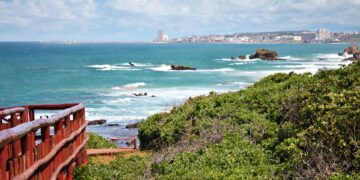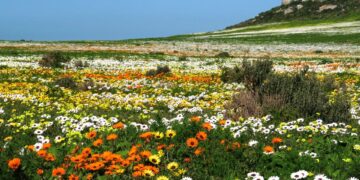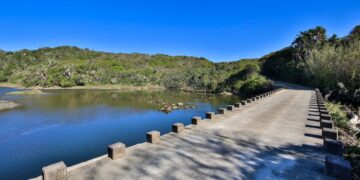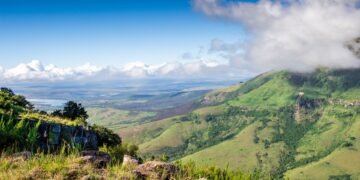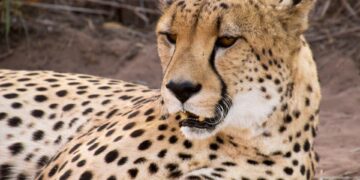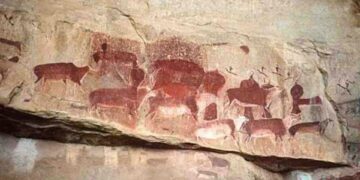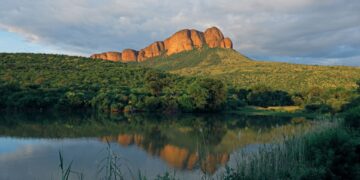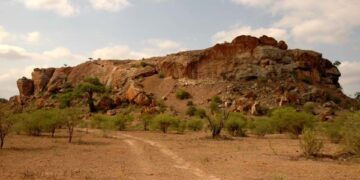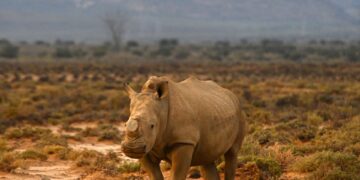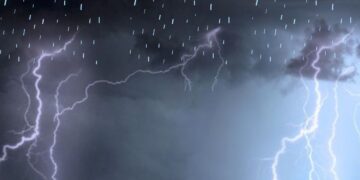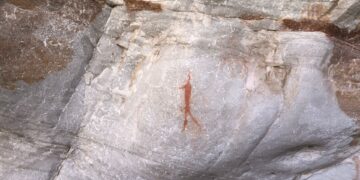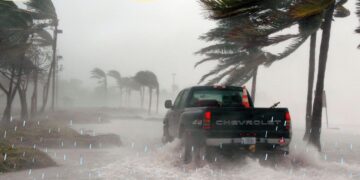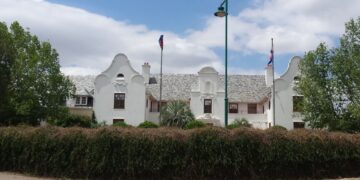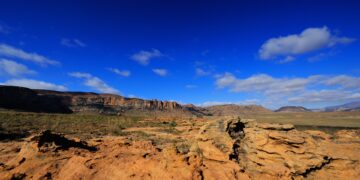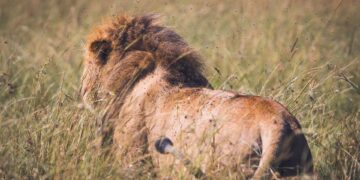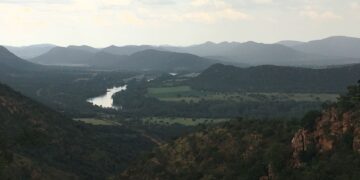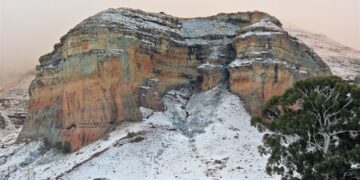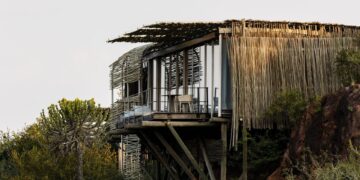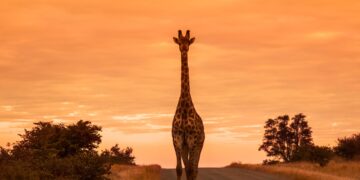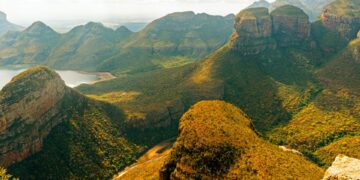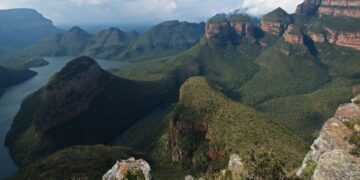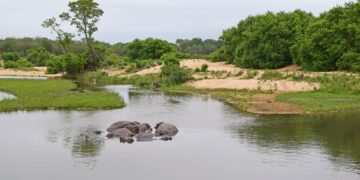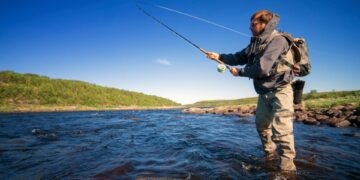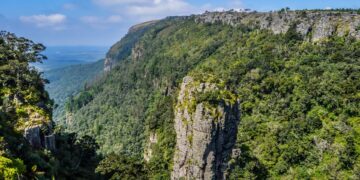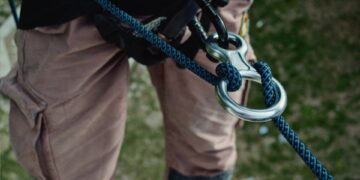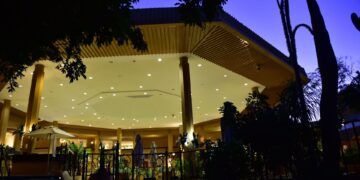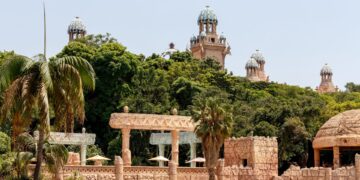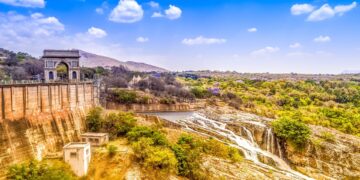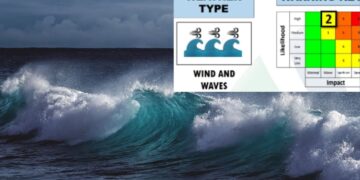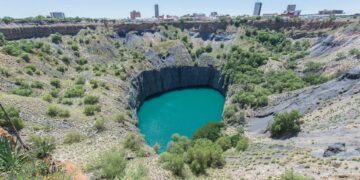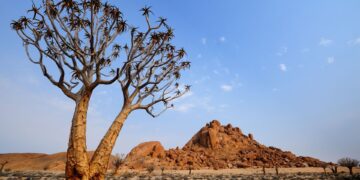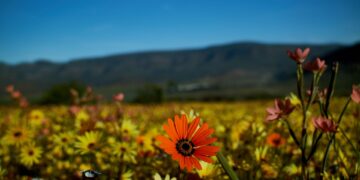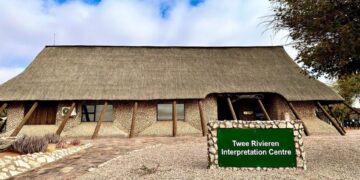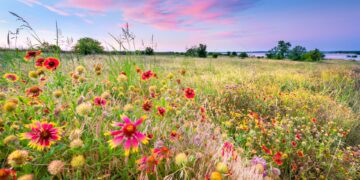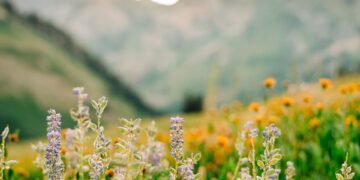The diverse topography of Mpumalanga is perfect for adventure. But the province is also steeped in history and culture, giving the curious traveller a wide range of fun, unique and meaningful experiences to choose from.
Panorama Route
Why you should visit: The Blyde River Canyon, or Motlatse Canyon, forms part of the Panorama Route. The canyon is the world’s third-largest deep canyon with panoramic views over the winding rivers and mountains. Allow ample time for photo stops at God’s Window, Bourke’s Luck Potholes, and the Three Rondavels or Three Sisters. You need at least three days to see the highlights along the route.
How to get there: It’s about a four-to-five-hour drive from Johannesburg to the “start” of the Panorama Route.
Chase waterfalls
Why you should visit: The Panorama Route also shelters numerous waterfalls. Travelling between Graskop and the Blyde River Canyon, waterfall hunters can chase down the Lisbon Falls, Berlin Falls, Sabie Falls, Mac Mac Pools and more. Pack a swimsuit and hiking boots and hit the trails.
How to get there: You’ll pass by numerous waterfalls along the Panorama Route. We recommend making a note of those you want to visit so you don’t miss them.
Kruger National Park
Why you should visit: Mpumalanga guards the southern entrance of the Kruger National Park, the number-one destination for international safari visitors and locals seeking an authentic bushveld break. The Big Five and many other wildlife and birdlife are spread out over two-million hectares of African bush.
If you’re after a more exclusive game viewing experience, book a stay at one of the luxury lodges within the Sabi Sands Game Reserve. It’s a private reserve adjacent to the Kruger, and there are no fences between the two. No day visitors allowed
How to get there: It’s just over a four-hour drive from Johannesburg.
Fly fishing in Dullstroom
Why you should visit: Dullstroom has a well-deserved reputation for being the fly fishing capital of South Africa. Novice and professional anglers will enjoy the well-stocked dams and rivers. Rainbow trout and brown trout are commonly found in these waters.
After a spot of fishing, warm up with a wee dram of whisky. Dullstroom’s Wild About Whisky Bar boasts the largest whisky menu (more than 440+) in the southern hemisphere and offers tours and tastings.
How to get there: Wild About Whisky is on Hugenoten Street in Dullstroom.
How much does it cost: Pop into the expert shops like The Village Angler and Mavungana in town for pricing, permits and all fly fishing information. Wild About Whisky tastings start from R160.
Pilgrim’s Rest
Why you should visit: Step back in time and feel the thrill of the gold rush the minute you drive into Pilgrim’s Rest. The entire town is a national monument and its historical buildings have been carefully restored to their gold rush heyday circa 1873. Try your hand at gold panning during the annual gold panning championships.
How to get there: It’s 20-minutes from Graskop to Pilgrim’s Rest.
Adventures in Sabie/Hazyview
Why you should visit: If you can imagine an adventure activity, chances are you will find it in Mpumalanga. Think abseiling, rock climbing, quad biking, whitewater rafting, river tubing, hot air ballooning and more. While perhaps not the biggest adrenaline rush (unless you’re scared of heights) we think hot air ballooning takes the cake – those views!
How to get there: From Pilgrim’s Rest, it’s about an hour’s drive to Sabie and Hazyview.
The Botshabelo Mission Station and Historical Village
Why you should visit: Get a glimpse into 19th-century life on a mission station and then step into the life of the Ndebele tribe. The village is not just an open-air museum but a living village. If you want to enter the intricately painted huts, ask permission from a resident local first before you enter their homes. World-famous artist, Esther Mahlangu, grew up in nearby Middelberg and some of her works are on display at the museum.
How to get there: It’s on the R35 near Middelburg, Mpumalanga.


